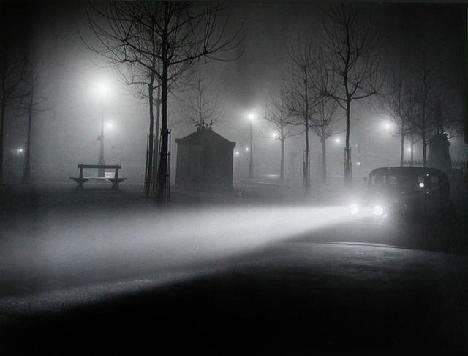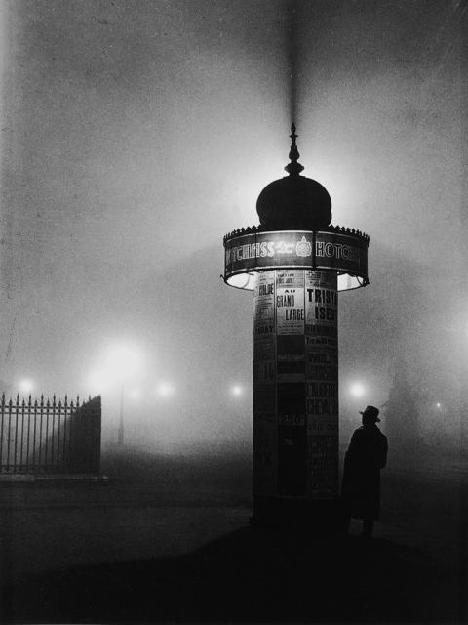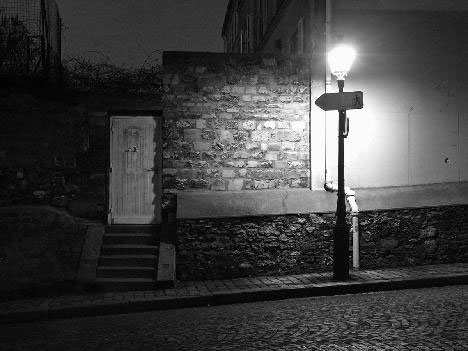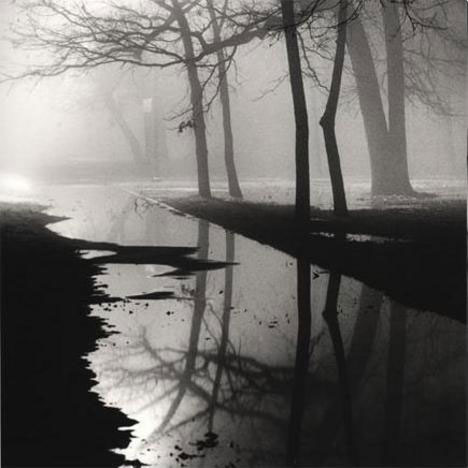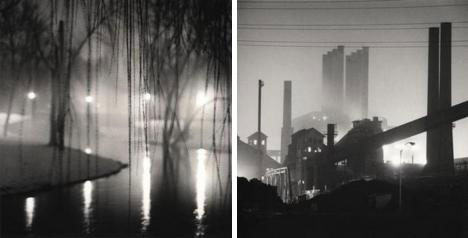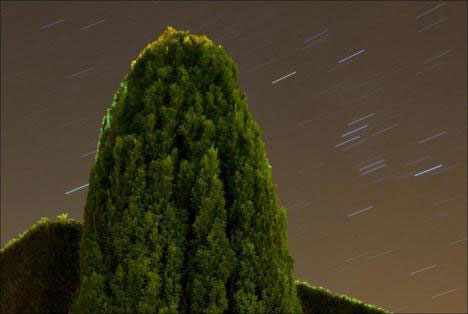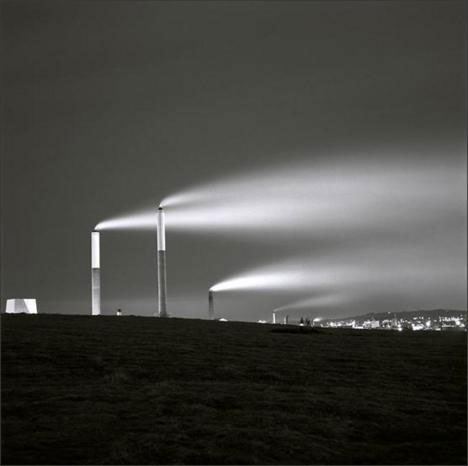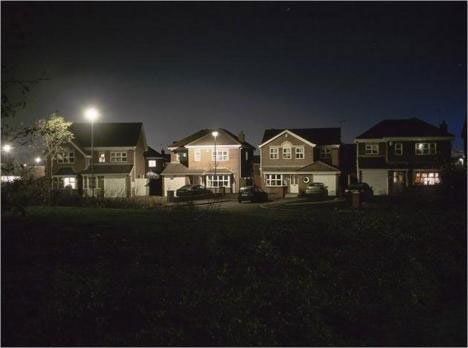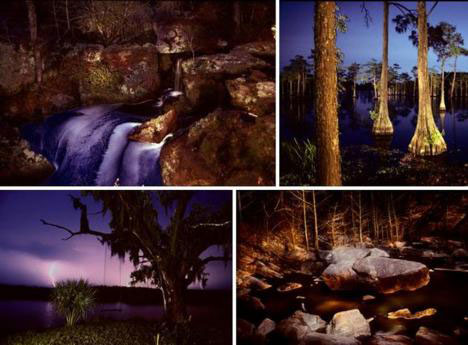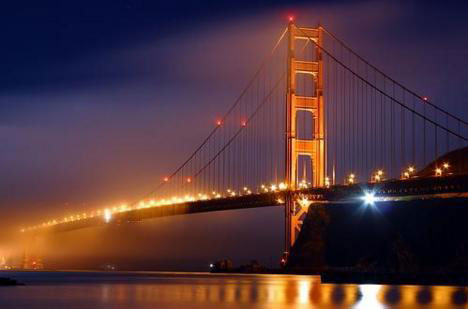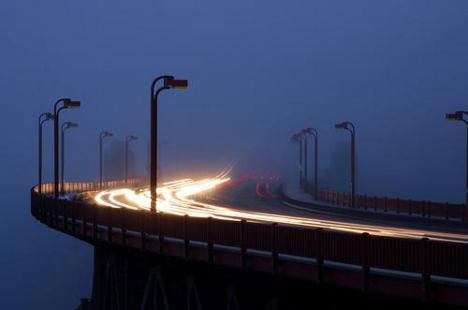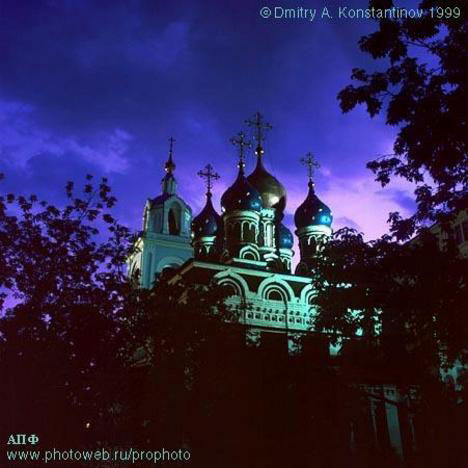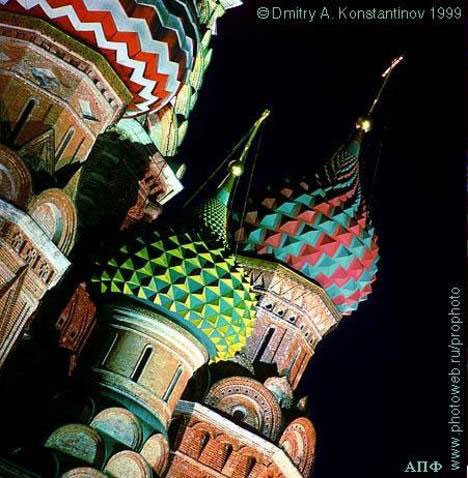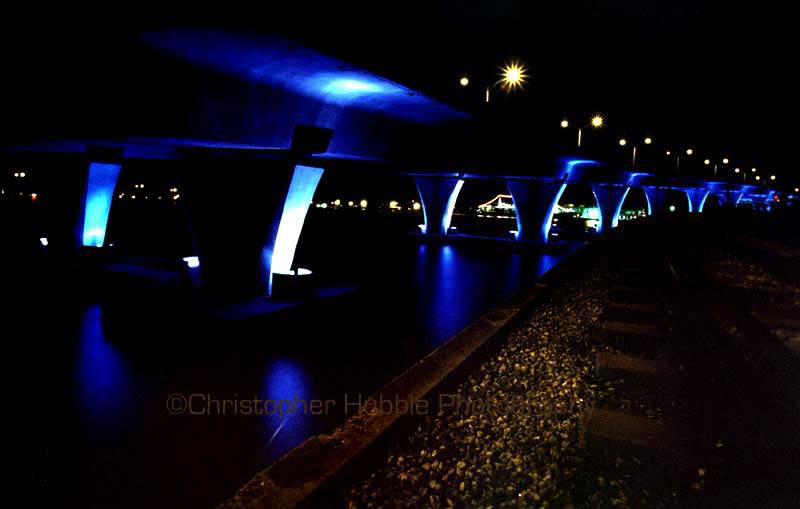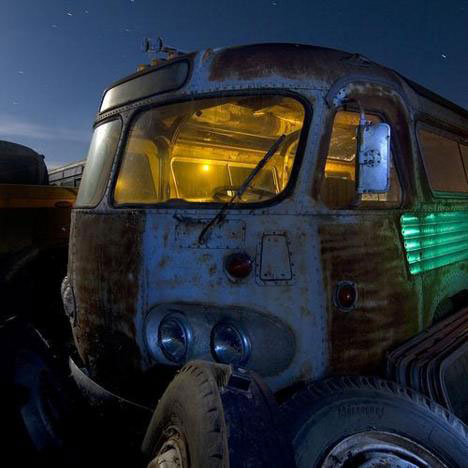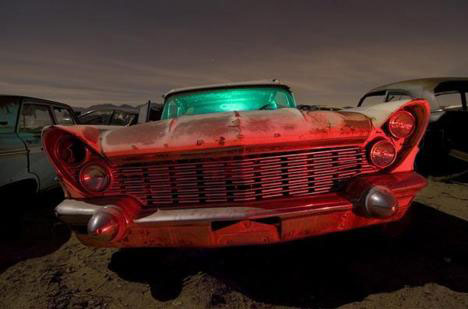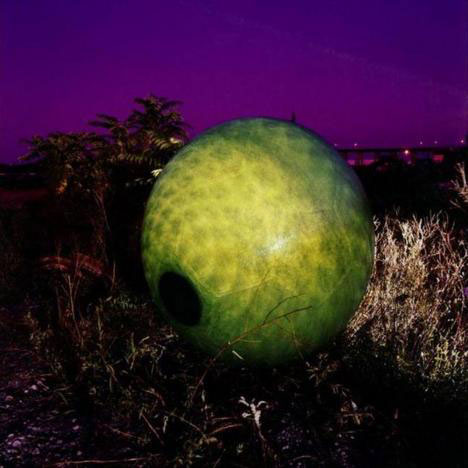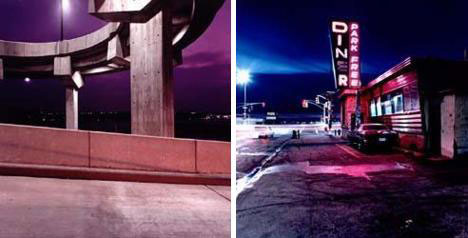The word “photography” has its roots in Greek, roughly translating to “writing of light.” Just as text is most interesting when free of superfluous words, photography using little light is often the most intriguing. Night photographers, consequently, are some of the most captivating “writers” in the medium, with a fascinating art and unique history.
Brassa
(images via: Arts Gallery and La Cancion De La Sirna)
One of the founding fathers of night photography was Brassai, a Hungarian emigre to France who made his mark on the young art form with his 1933 book, Paris de Nuit (Paris by Night). Brassai’s images drew sharp contrasts between extreme light and extreme darkness, between the pure white of the city’s artificial, electric lighting, and the voids of darkness the lighting did not reach. Brassai’s deft use of fog as a tool in night photography established the technique in the genre, a technique that would be employed by night photographers in every successive generation.
Bill Schwab
(images via: Bill Schwab)
Bill Schwab is a clear follower in Brassai’s footsteps, using a similar interplay of artificial light and fog in much of his work. But Schwab’s work does not feature the light in the foreground, as Brassai’s did, but piercing through the subject of the photo from the background. This effect gives Schwab’s subjects a sort of hollow, lifeless quality that he manipulates to great effect, especially when focusing on symbols of his native Michigan’s suffering economy.
David Baldwin
(images via: Night Folio)
While Brassaï and Schwab use electric sources to light their images, British photographer David Baldwin uses the limited light available from the night sky to illuminate his images. He finds this light using long exposure times, and by escaping the light pollution of the city to focus on nature in the English countryside.
Robert Brook
(images via: UK Nights)
Another British photographer specializing in night photography is Robert Brook, who, unlike Baldwin, works more with urban subject matter. Brook is one of the few photographers to do extensive night work in both color and black and white photography. Brook’s color images are often nearly as devoid of pigment as his black and white prints, using harsh, artificial white lights that makes the darkness look almost more inviting than the lighted areas.
Karekin Goekjian
(images via: Karekingoekjian)
Karekin Goekjian uses advanced digital camera techniques to create bright, striking images from the darkness of night in the swamps of Georgia. His methods can make the night sky look almost as bright azure as it would during the day. Goekjian also uses the foam of moving water as a source of light in his images in an ingenious way.
Andy Frazer
(images via: Gorilla Sites)
Californian photographer Andy Frazer is another specialist in night photography. While he takes night photos of locales all around California, some of his most striking pictures are of the object photographed more than any other in the world: the Golden Gate Bridge. Frazer’s photographs of the Bridge at night showcase several of the characteristics that make night photographs so unique, including reflected, shimmering light on water, and the streaks of light formed from long exposure times.
Dmitry Konstantinov
(images via: Konstantinov)
Russian photographer Dmitry Konstantinov has specialized in taking night photographs of the iconic buildings of Moscow. Whereas other night photographers draw add color from natural or artificial lighting, Konstantinov draws his coloring from the existing color in the buildings at the focus of his images, the colorful spires that make up so much of Moscow’s architecture.
Christopher Hubble
(images via: Hubble Photo)
American photographer Christopher Hubble concentrates on photographing cityscapes around the world, at both day and night. Often accompanying any day photo with a night photo of the same subject night, Hubble paints some of the most familiar sights in the world with a unique palette.
Troy Paiva
(images via: Chonicas and Lost America)
As featured in his 2008 book Night Vision: The Art of Urban Exploration, Troy Paiva’s night photography focuses on relics of American industry lying in disrepair. These relics, often the hulls of automobiles, often exude a hearth-like glow from within, and are painted with bright lights that stick to the vehicles’ exteriors.
Jan Staller
(images via: Jan Staller and Jupiter Images)
In contrast to the contained light glowing inside that Paiva uses, Jan Staller colors outside the lines with light in his night photographs. Artificial light, often in strong neon tones, spills into the darkness, creating what some might see as beautiful illumination, and what others would deem staining light pollution. Staller’s use of light is so far from what is normally seen in nature that it gives his work an almost alien, otherworldly quality to it.

